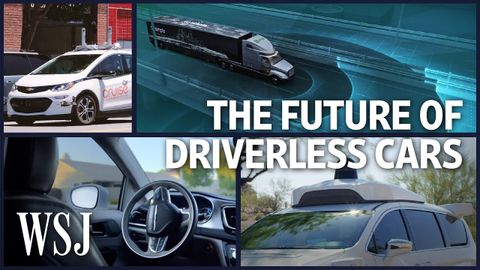
字幕與單字
超越特斯拉无人驾驶初创公司有望打造下一代自动驾驶汽车(Beyond Tesla: Driverless Startups Promise Next-Level Autonomous Vehicles | WSJ)
00
joey joey 發佈於 2021 年 05 月 29 日收藏
影片單字
present
US /ˈprɛznt/
・
UK /'preznt/
- adj.出席;在場的;目前的
- n.正在進行的;現在時態;目前的;禮物
- v.t.介紹;主持;介紹;展現;贈送
- v.i.出現
A1 初級多益初級英檢
更多 使用能量
解鎖所有單字
解鎖發音、解釋及篩選功能
